As the most popular sportswear brand in the world, Nike knows how to craft a powerful marketing strategy.
Renowned for creating iconic campaigns that aren’t afraid to push boundaries, Nike’s efforts have led to brand awareness of 95% in the United States and an annual revenue of over 50 billion dollars.
With a multitude of brands, a large social impact, and an engaged community, there’s no doubt that Nike’s marketing is next level.
So what marketing lessons can we learn from Nike?
Storytelling is powerful
Who doesn’t love a good story? From an early age, they shape our thoughts and memories and help us learn about experiences different from our own.
Incorporating storytelling into your marketing strategy isn’t just a creative approach, it can help develop an emotional connection with your audience – 84% of consumers say they buy from brands they feel an emotional connection to. A story makes content engaging and often more relatable so an audience can identify with your brand.
For Nike, storytelling is key and embedded into their marketing strategy. Long-term relationships are built through emotion, whether you’re getting married or a loyal customer, so Nike campaigns aim to form strong relationships with their audience.
The Air Max is one of Nike’s cult favourites and was the first ever shoe to employ Max Air technology. When it came to launching the product in 1987, Nike knew they had to do it right and released the ‘Revolution’ television advert.
Featuring professional and non-professional athletes, an Air Max striking the ground, and The Beatles ‘Revolution’ blaring in the background, the advertisement was hard to miss.
Full of infamous sports imagery, the advertisement positioned Air Max as the revolutionary trainer of the future for any athlete.
Social media presence should be your best friend
Nowadays, social media marketing is essential for any business.
With over 300 profiles across platforms, Nike harnesses the power of social media to reach and engage with their audience.
Nike has even become one of the few brands to break into the top most followed accounts on Instagram, alongside the Kardashians and Cristiano Ronaldo, garnering over 300 million followers.
As a company with a range of brands and products, Nike uses social media to target different sectors and specific audiences. Whether you’re looking for lightweight football boots or new skateboarding pants, Nike will have tailored content and products that suit you.
Wanting to empower their audience, Nike shares bright, eye-catching content with positive messaging to uplift their audience. Nike also ensures they’re on the ball when it comes to responding to customer enquiries or issues, using social listening to stay up to date with audience conversation and new trends.
Community is key
Nike’s extensive social media presence and dedicated community spaces have led to the creation of a strong and loyal community.
Targeting different genders, locations, and interests is a big part of Nike’s marketing strategy. By doing so, Nike has made sure it’s relevant for everyone and can offer an experience that feels personalised. Nike’s community spaces are safe and inspiring, so users feel comfortable to share their own stories and spark conversation using hashtags.
Many brands have started to incorporate user generated content (UGC) into their marketing strategy and Nike’s no different. Across social media platforms, Nike encourages their customers to post content using their products so they can share this on an official account. Consumers tend to find UGC more authentic as it’s created by people like them, it’s a good tactic for building community as it lets customers know their opinion matters.
The Nike Run Club is a great example! With more than 100 million users it’s become one of the most popular fitness apps available. Suitable for all fitness levels, the Nike Run Club offers guided runs, mentorship from professionals, and an in-app community to keep users motivated and consistent.
Celebrity collaboration can drive brand growth
When you think of Nike, who do you think of? We’re sure you have a celebrity in mind.
For as long as we can remember, Nike has been collaborating with an array of talent from a variety of backgrounds. Travis Scott, Anna Wintour, and Serena Williams are just some of the incredible celebrities who’ve worked with the sportswear brand.
Of course, we can’t mention Nike’s celebrity collaboration without discussing their long-standing partnership with Michael Jordan. In 1984, Michael signed his first contract with Nike, a 5 year partnership worth $2.5 million. This was an offer that couldn’t be refused and one that revolutionised how brands signed athletes and celebrities.
Michael debuted the shoes on the basketball court in late 1984 and they were soon banned by the NBA for not adhering to the guidelines. But Michael kept wearing them and this caused widespread publicity reaching audiences everywhere, it wasn’t long before Air Jordan’s flew off the shelves.
After 40 years, Air Jordan’s are still one of Nike’s most sought after products with brand revenue of over $4 billion. For Michael, his association with Nike levelled up his personal brand and helped him reach billionaire status in 2020.
Taking a chance and believing in Michael no doubt helped Nike become the big-name brand it is today. Moving forward, Nike have only partnered with those who show true commitment to the product to instil confidence in consumers.
When done right a celebrity collaboration can help boost brand awareness, reputation, and increase revenue.
Be alert and acknowledge social issues
Nike has never been afraid to take a stand, making a conscious effort to acknowledge social and political issues.
As a brand that aims to innovate and inspire every athlete, Nike uses its international platform for good, giving people a voice. Nike have positioned themselves as more than a sportswear brand, they care about people’s struggles and want to help where they can. Previously, Nike have produced campaigns that address gender and racial inequality, LGBTQ+ rights, and Black Lives Matter.
A notable example is Nike’s campaign with football quarterback Colin Kaepernick. Back in 2016, Colin took the knee on the pitch during the US National Anthem as a peaceful plea to bring systemic racial injustice and ethnic inequality to the forefront of American minds. When controversy arose, Nike backed Colin making him the face of their ‘Dream Crazy’ campaign.
Colin starred alongside LeBron James and Serena Williams in the advertisement, three sports stars who had worked hard to achieve so much and now use their voice to support political and social causes.
‘Dream Crazy’ aimed to encourage others to find their voice and stand up for what they believe. It even went on to win the ‘Outstanding Commercial’ award at the Creative Art Emmys in 2019.
The advertisement inspired and ignited consumers, some of whom destroyed their Nike products and decided to boycott the brand. Despite controversy, Nike’s online sales increased by 31% in the weeks after its release.
Inclusivity is non-negotiable
We’ve said it before and we’ll say it again, never underestimate the power of inclusivity in marketing.
Embracing inclusivity and diversity is embedded in Nike’s vision, products, and its marketing. Aiming to build a diverse and inclusive community, Nike constantly celebrates and represents people of all shapes, sizes, and backgrounds.
The infamous slogan ‘If you have a body, you are an athlete’ symbolises that Nike is a brand for everyone. And, with a vast range of products and multiple community spaces Nike makes everyone feel like they’re valued and they belong.
According to research by Adobe, as of 2020 Nike was the leading brand for diversity in advertising. Nike creates and showcases inclusive products like maternity wear, adaptive activewear and footwear for those with disabilities, and Nike Pro Hijab for Muslim athletes.
Whilst we acknowledge that not all marketing teams have a budget like Nike, there’s no doubt that we can learn so much from their marketing strategy and incorporate this into our own.
If you’re interested in building a strong community like Nike, why not check out the ‘Audience vs Community Marketing’ episode of The Girls in Marketing Podcast. In this episode, the team dive into the real difference between audience and community and why community is crucial for brands today!
As marketers staying inspired is pivotal and, as we look ahead to 2024, we want to celebrate the women shaping the marketing landscape. Each year we spotlight women to follow with our list and this year is no different. But we’re mixing it because we want you to get involved!
Fancy a spot on the list or maybe you know someone who deserves one? You can nominate yourself or someone else to feature on our list by filling in the form here.





